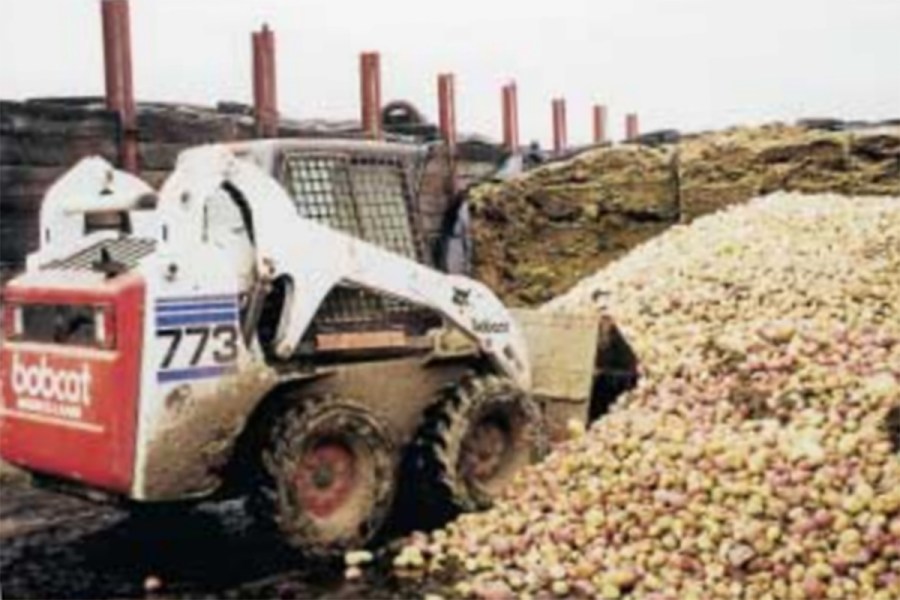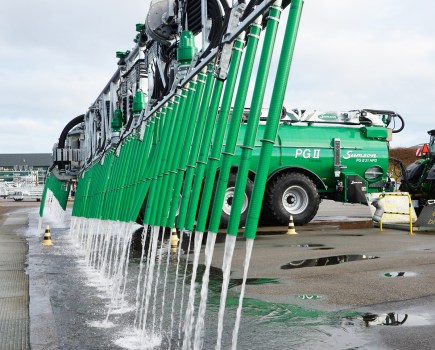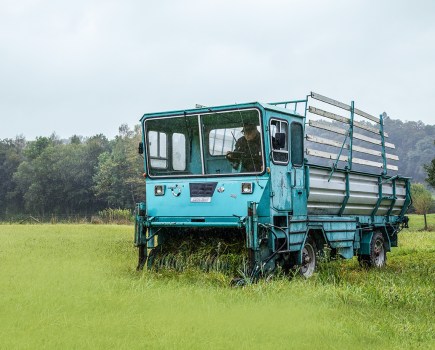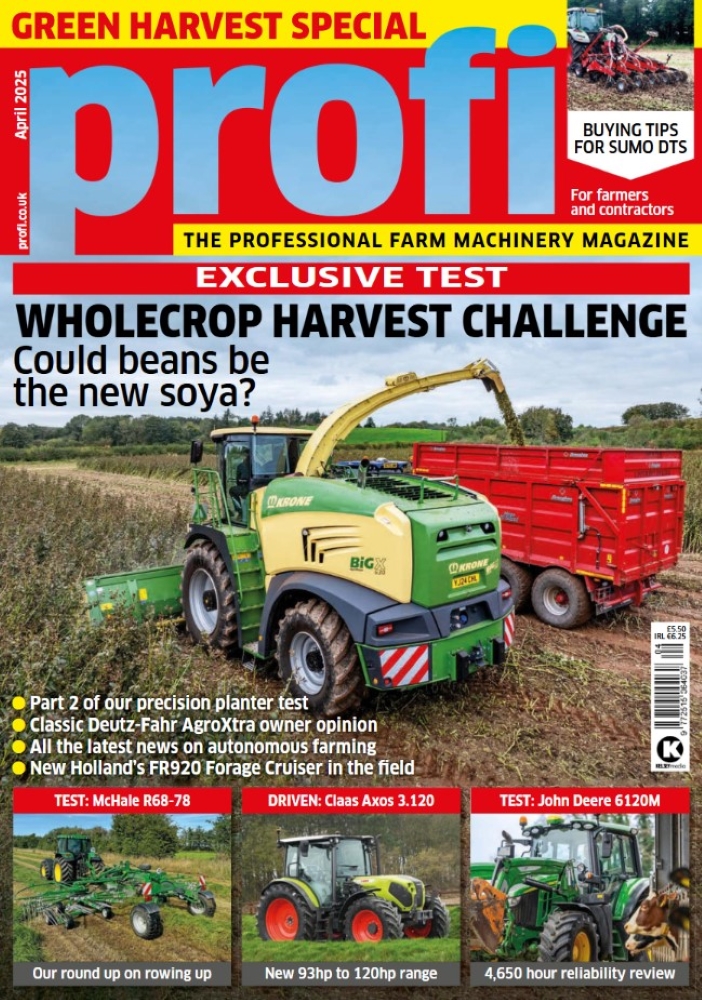Most of us call any skid-steer loader a Bobcat, no matter who makes it. This should come as no surprise. The company claims to produce more units than all its competitors combined. Since the first machine rolled out of a North Dakota blacksmith workshop some forty years ago, half a million Bobcat ‘skiddies’ have been made, with current production running at 160 units a day. So there should be plenty of used examples to choose from
It is not the place of this article to argue the case for skid-steer loaders. Well established as the basic handling and mucking out tool in pig and poultry units, skid steers are not as well used in a wider agricultural context. Perhaps many of us are missing a trick. Few items of kit can match these diminutive little machines for versatility, the huge array of attachments that are available enabling these tiny tots of the loading world to do far more than work in confined spaces.
When it comes to used Bobcats, the most popular models, in all markets, are the 700 series. Unfortunately this does not mean quite as much as it could do because there are some confusing model sequences in the past Bobcat line-up. So to get around this, the machines discussed specifically here are the 753, 763 and 773. Having said that, the points to consider when buying second-hand apply equally to other models such as the 751, 745, 7754.
The 753 ‘F’ series was first introduced in 1991. Fitted with a transversely mounted 43hp Kubota diesel, it is classed as a 600kg capacity machine but its rated capacity is actually 650kg. Based on its predecessor, the 743 with longitudinally-mounted Deutz air-cooled engine, the 753 was and remains a ‘traditional’ skid steer, with a short 902mm wheelbase and radial lift loader arms.
[Download the PDF below to read the rest of this article]
For more up-to-date farming news click here and subscribe now to profi and save






